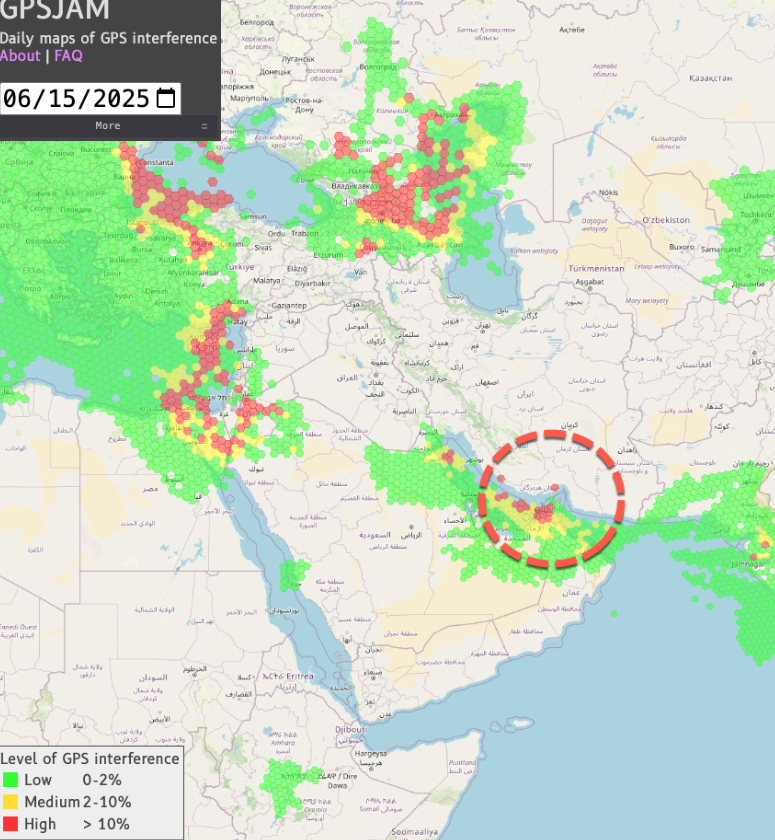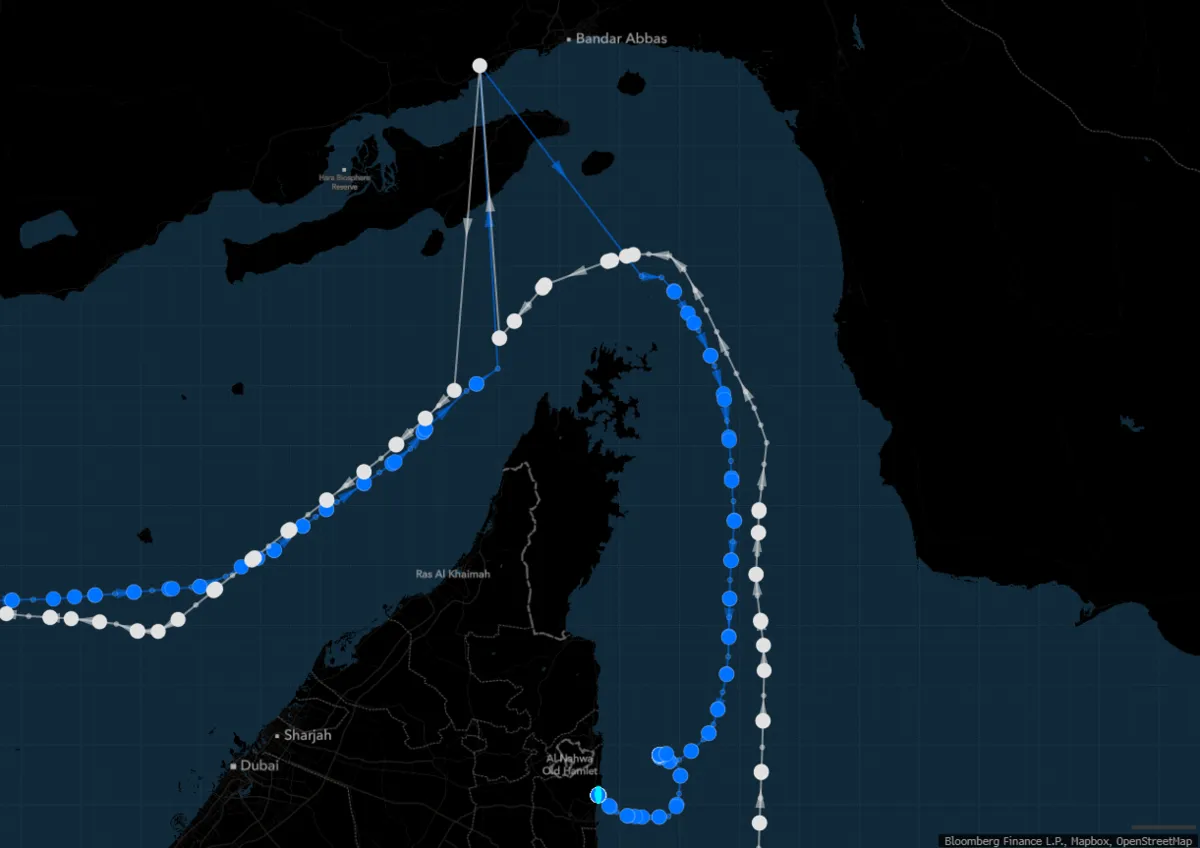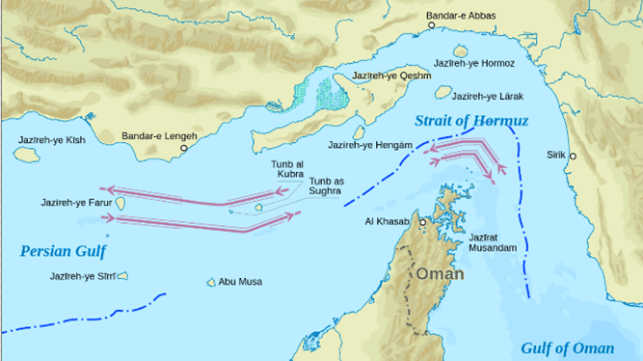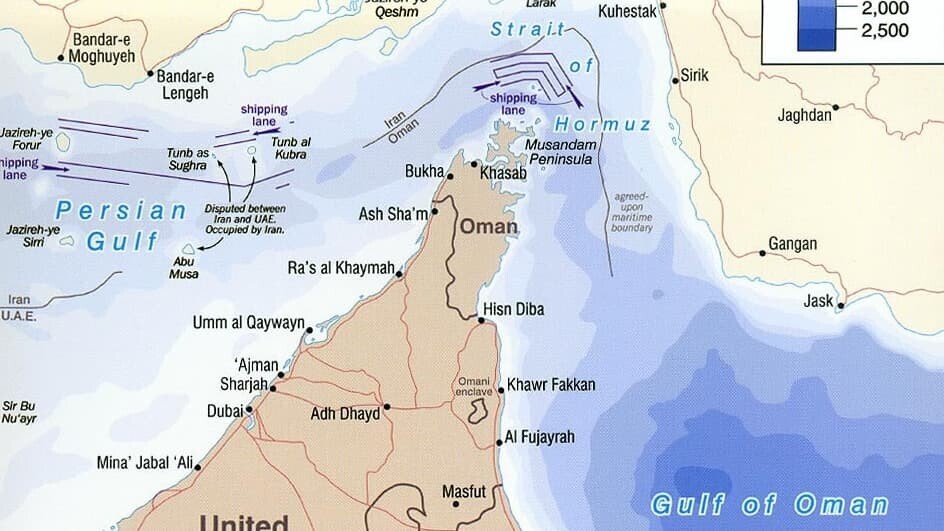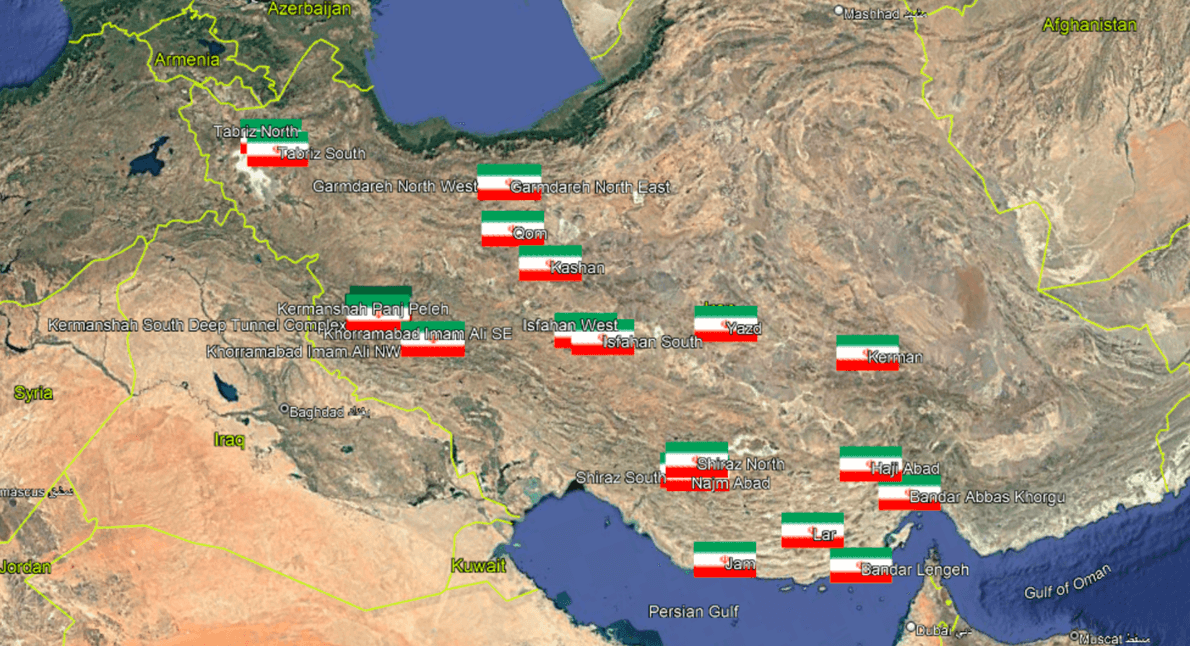It is located in northern Yucatan, Mexico.
In 1941, it measured 2 kilometers.
Since 1989, it has measured over 8 km.
In 1941, it measured 2 kilometers.
Since 1989, it has measured over 8 km.
A scar of reinforced concrete in the Gulf of Mexico,
has never needed repair, and connects an area far removed from the country's central infrastructure to the rest of the world.
has never needed repair, and connects an area far removed from the country's central infrastructure to the rest of the world.
Localization with the GeoGarage platform (SEMAR nautical raster charts)
source : NASA
NASA Earth Observatory image by Jesse Allen, using Landsat data from the U.S. Geological Survey. Caption by Kathryn Hansen.
The port city of Progreso, in the Mexican state of Yucatán, boasts of the longest pier in the world. Built with reinforced concrete, the pier juts out into the Gulf of Mexico for a distance of 6.5 km, and looks more like a bridge to some distant land.
The port city of Progreso, in the Mexican state of Yucatán, boasts of the longest pier in the world. Built with reinforced concrete, the pier juts out into the Gulf of Mexico for a distance of 6.5 km, and looks more like a bridge to some distant land.
The unusually long length is necessary to allow large ships to dock since the Yucatan coast is very shallow.
The limestone shelf that forms the Yucatán Peninsula falls away at such a shallow angle that it is literally kilometers before the water is deep enough to accommodate cargo vessels.
Passengers disembark at the end of the long pier, and then take a free shuttle or a taxi cab to the shore and into town.
The pier was originally 2,100 meters long and was constructed between 1937 and 1941, replacing a wooden pier that was built in the beginning of the last century.
The pier was originally 2,100 meters long and was constructed between 1937 and 1941, replacing a wooden pier that was built in the beginning of the last century.
In 1988, an additional 4,000 meters was added to its length increasing the pier’s cargo and container vessels handling capacity.
The Progreso Pier is also the first concrete structure in the world built with nickel-containing stainless steel reinforcement.
The Progreso Pier is also the first concrete structure in the world built with nickel-containing stainless steel reinforcement.
Despite the relatively poor grade of concrete used, the pier has withstood the harsh marine environment and has been in continuous service for over 70 years without any major repair or routine maintenance activities.
On the contrary, a neighboring pier located just 200 meters to the west of the Progreso Pier is heavily deteriorated with columns and the superstructure almost entirely gone, despite being twenty years younger.
The newer pier was built with carbon steel rebar.
Structural engineers often cite the example of Progreso Pier to show the consequences of using different materials during construction, and the importance of the choice of rebar material aside from concrete.
Structural engineers often cite the example of Progreso Pier to show the consequences of using different materials during construction, and the importance of the choice of rebar material aside from concrete.




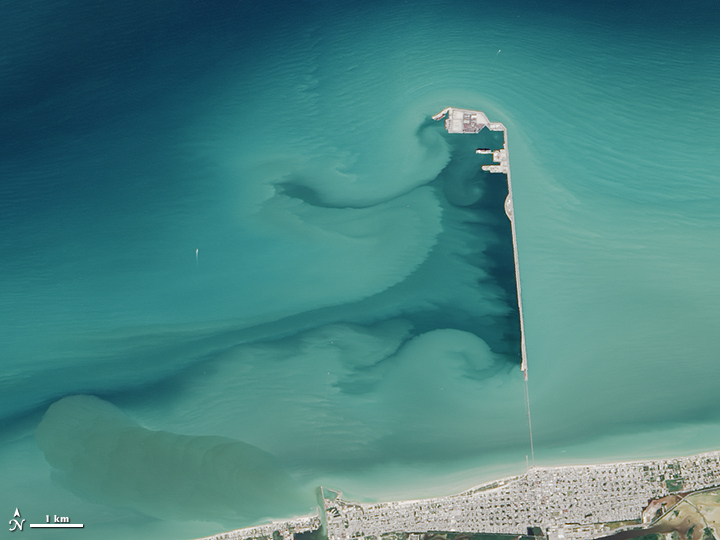

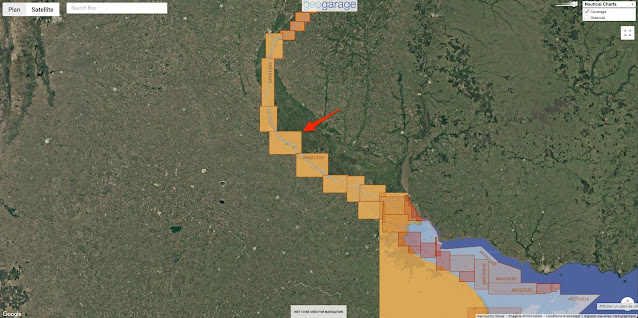



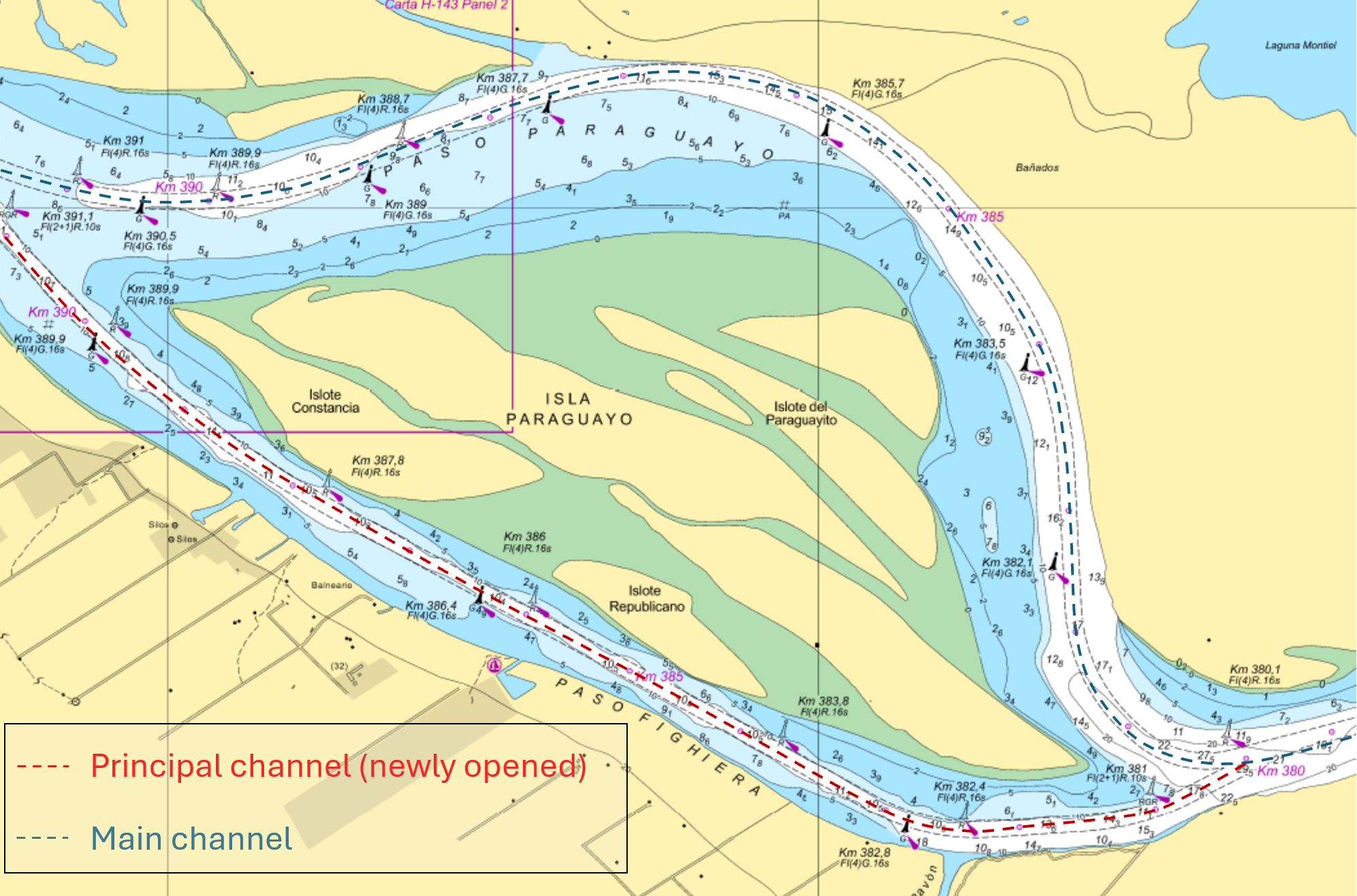

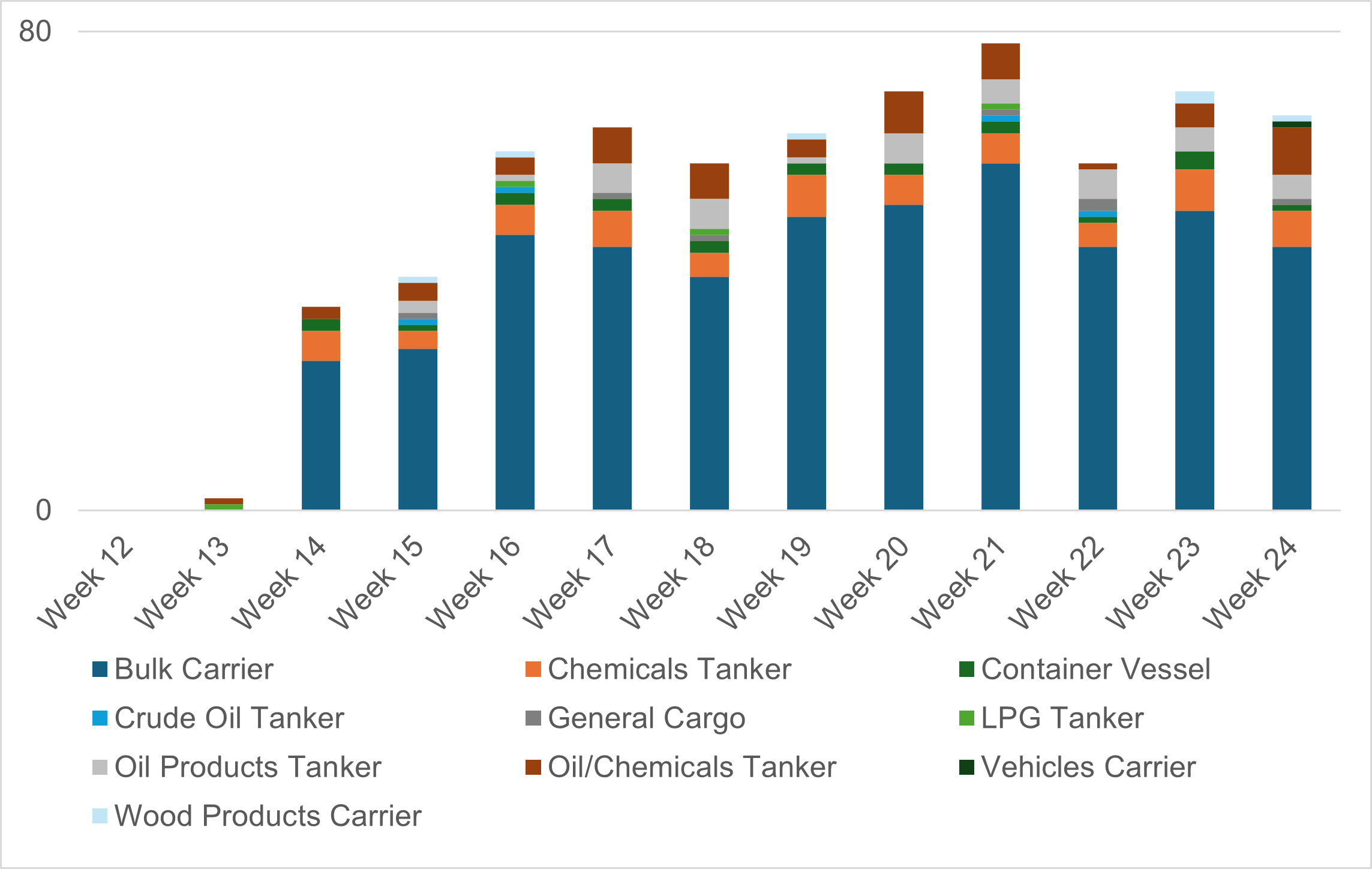


 Operating the Coast and Geodetic Survey historic copper plate printing press.
Operating the Coast and Geodetic Survey historic copper plate printing press.







